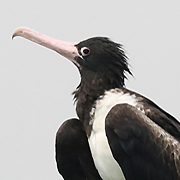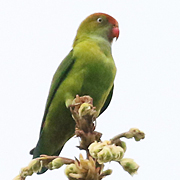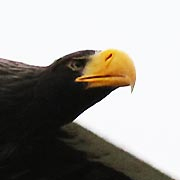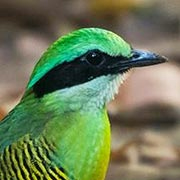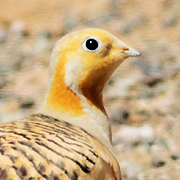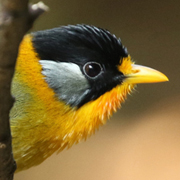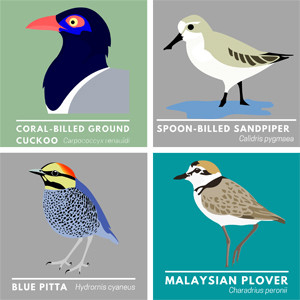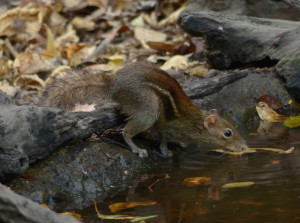
The Lung Sin waterhole at Kaeng Krachan national park is a great spot to see and photograph many species of birds that visit to feed, drink and bathe but it is also worth talking about the species of mammals which are regular visitors too. I recently spent an afternoon at the Lung Sin waterhole with Frank Conjaerts from The Netherlands where we had a great afternoon watching many of the regular visitors including highlights such as Large Scimitar Babbler, Kalij Pheasant, Bar-backed Partridge and Scaly-breasted Partridge; these birds are well-known to appear here and highly anticipated by birders, but what perhaps is less expected by most visitors is the number of small mammals that they also see; the Indochinese Ground Squirrel that I have used to introduce this post is one of the regular visitors, although I do not see it every time I visit Lung Sin waterhole.
The undoubted mammals highlight are the Lesser Mouse Deer that regularly visit to drink and eat at the waterhole. This mammal is extremely shy and difficult to see in the forest so it is a treat to see them at close range at this spot. On my recent visit one individual even entered the hide which was occupied by photographers!
Grey-bellied Squirrel visits the waterhole in quite large numbers and at times they can be annoying to birders as they can often cause a commotion that scares the birds away.
Western Striped Squirrel is a cute little mammal which resembles a chipmunk. This is a frequent visitor to the waterhole and sometimes 6 or more can be seen at the same time. They are very acrobatic and can make some impressive leaps from a standing start.
Perhaps the most curious of the 5 species of mammal that one can hope to see at Lung Sin waterhole is this Northern Treeshrew. It is not related to shrews as far as I know but I imagine the name was given to it because of its passing resemblance to a shrew. Many people forget to even look at this creature, just dismissing it as a squirrel, but it is a species of mammal that is fairly difficult to see well in the forest.


 December 24th, 2015
December 24th, 2015  Nick
Nick 
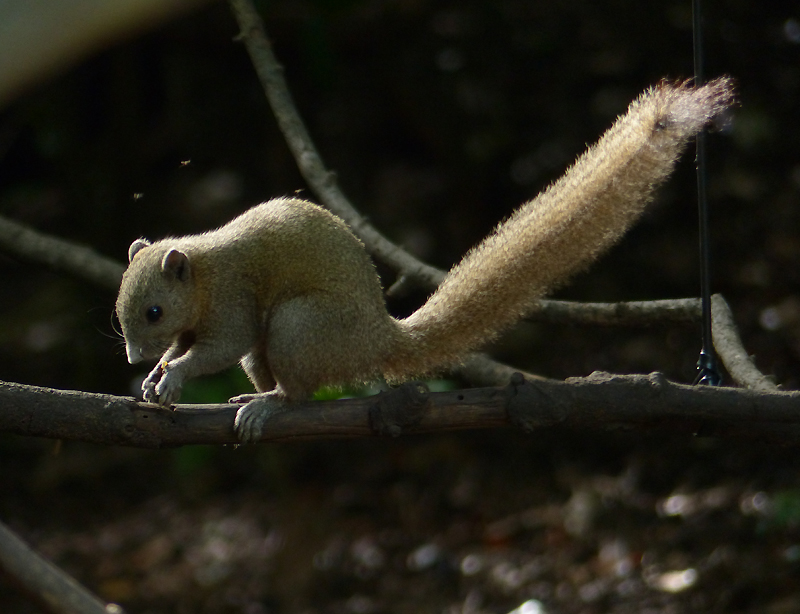

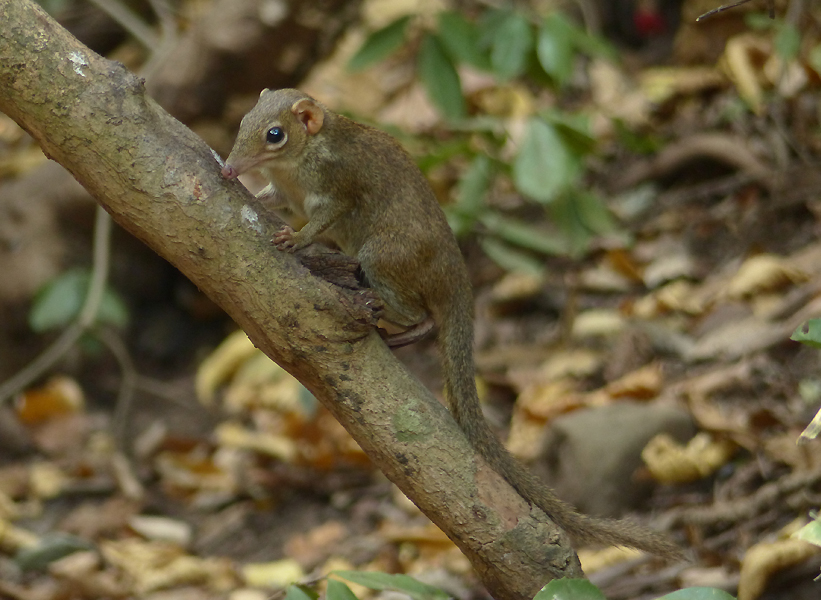
 Posted in
Posted in  Tags:
Tags: 
